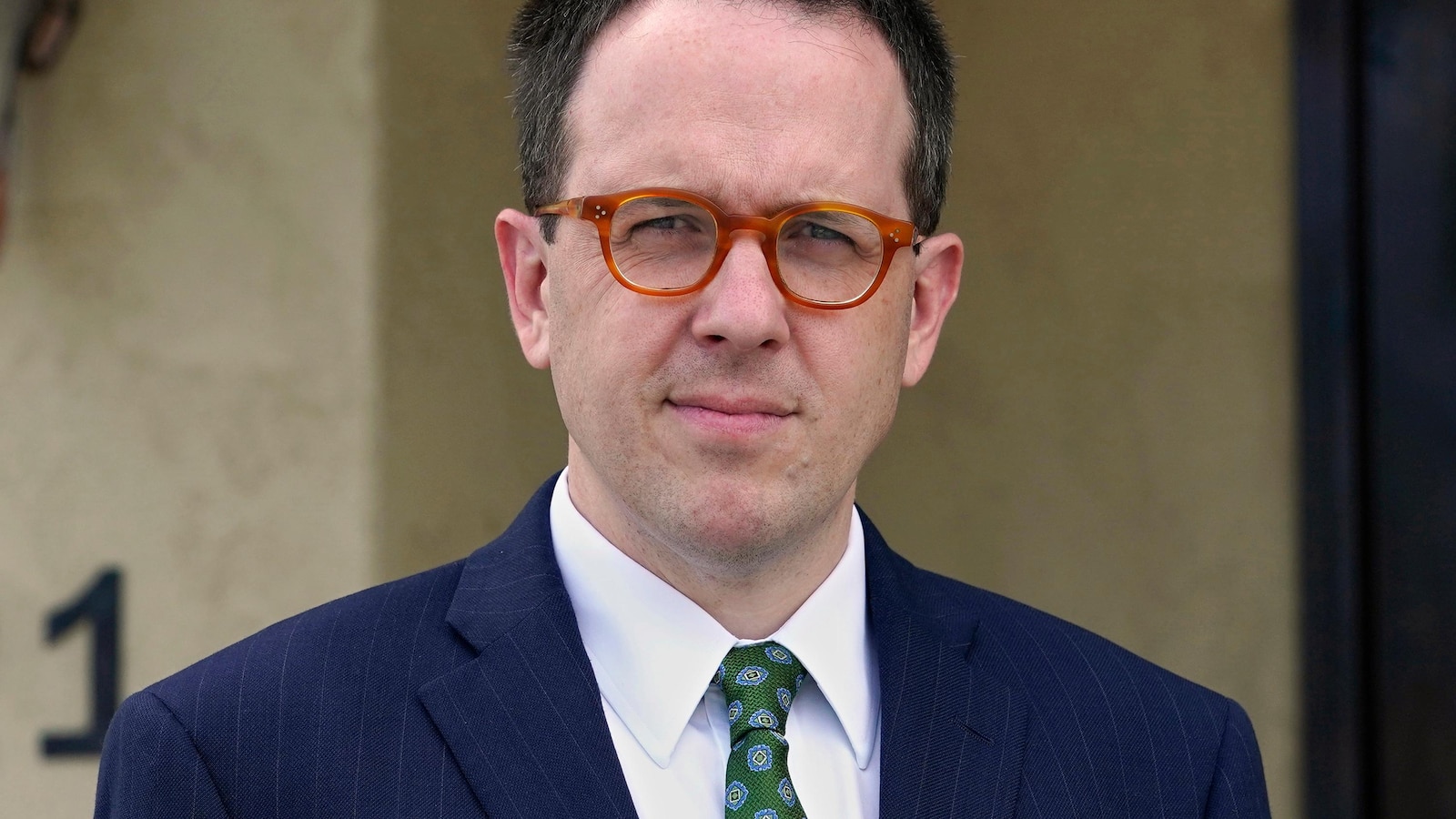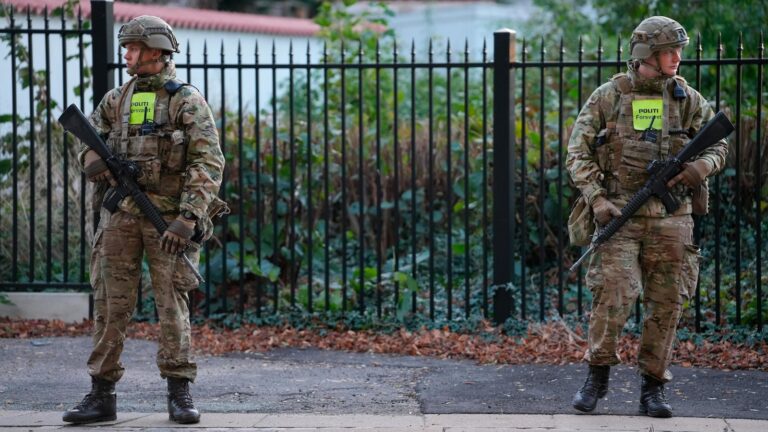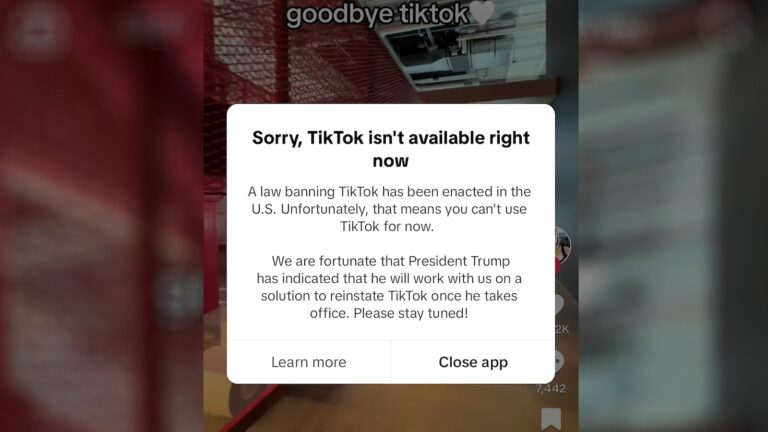Latest search for 1921 Tulsa Race Massacre victims ends with 3 more found with gunshot wounds
The search for victims of the 1921 Tulsa Race Massacre, one of the deadliest and most destructive racial incidents in American history, has recently uncovered three more bodies with gunshot wounds. This latest discovery comes as part of ongoing efforts to uncover the full extent of the massacre’s toll on the African American community in Tulsa, Oklahoma.
The Tulsa Race Massacre took place over two days in late May and early June of 1921, when a white mob descended upon the predominantly black Greenwood neighborhood, also known as “Black Wall Street,” and destroyed homes, businesses, and lives. Estimates of the death toll vary, but it is believed that as many as 300 people were killed and thousands were left homeless.
In recent years, renewed interest in the Tulsa Race Massacre has led to efforts to uncover the truth about what happened during those dark days in 1921. In 2020, a team of experts began excavating a site in Tulsa’s Oaklawn Cemetery, where it was believed that victims of the massacre had been buried in unmarked graves.
The latest search at Oaklawn Cemetery has yielded three more bodies with gunshot wounds, adding to the growing evidence of the violence that was unleashed during the massacre. These findings provide further confirmation of the brutality and horror that the African American community in Tulsa endured at the hands of a racist mob.
The discovery of these victims is a sobering reminder of the deep wounds that continue to haunt Tulsa and the nation as a whole. The Tulsa Race Massacre remains a painful chapter in American history, one that has been too often overlooked and forgotten. As efforts to uncover the truth about the massacre continue, it is crucial that we confront the legacy of racial violence and injustice that still reverberates in our society today.
The search for victims of the 1921 Tulsa Race Massacre is a vital step towards acknowledging the past and honoring the lives that were lost. By bringing these long-buried truths to light, we can begin to reckon with the painful legacy of racial violence and work towards a more just and equitable future for all.





